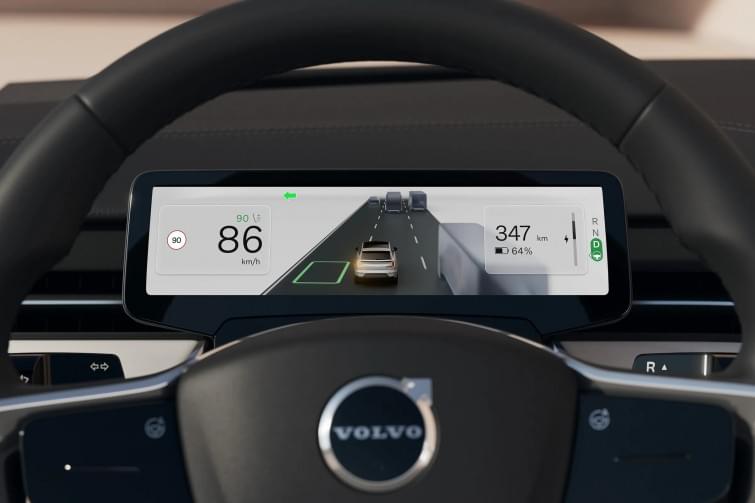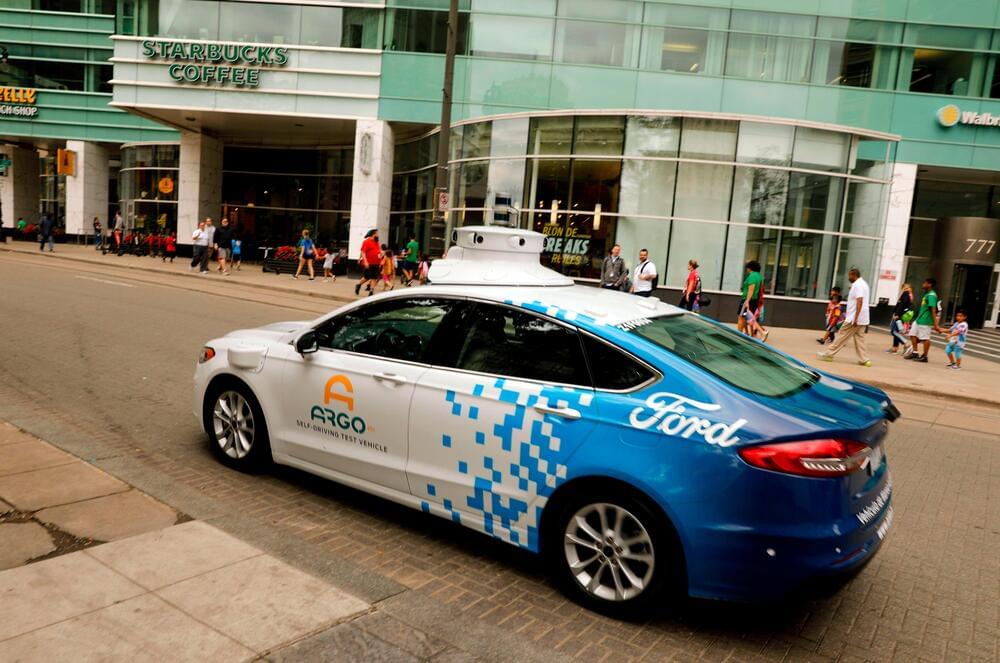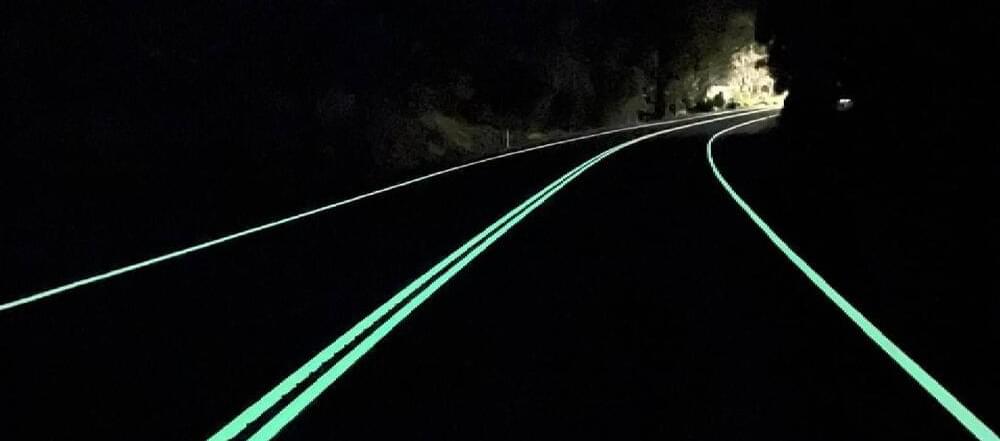This post is also available in:  עברית (Hebrew)
עברית (Hebrew)
Fire departments conducting “size up” training typically rely on whiteboard discussions, drives around neighborhoods and photo-based systems. New training technology will help firefighters train for different types of fires or hazardous material situations, vehicle accidents, residential and commercial buildings, etc. An augmented reality training tool for firefighters, called Forge, uses artificial intelligence and biometric training to simulate real emergencies. Developed by Avrio Analytics, the system is designed to make sure that firefighters possess communication, situational awareness and associated skills needed in emergencies.
“Biometric and performance data collected during training allows Forge’s AI to dynamically change the training based on the user’s cognitive load, such as providing more or less guidance to the individual or introducing new training complexity in real-time,” the company told govtech.com. “This allows for training sessions tailored to the ability of the individual.”
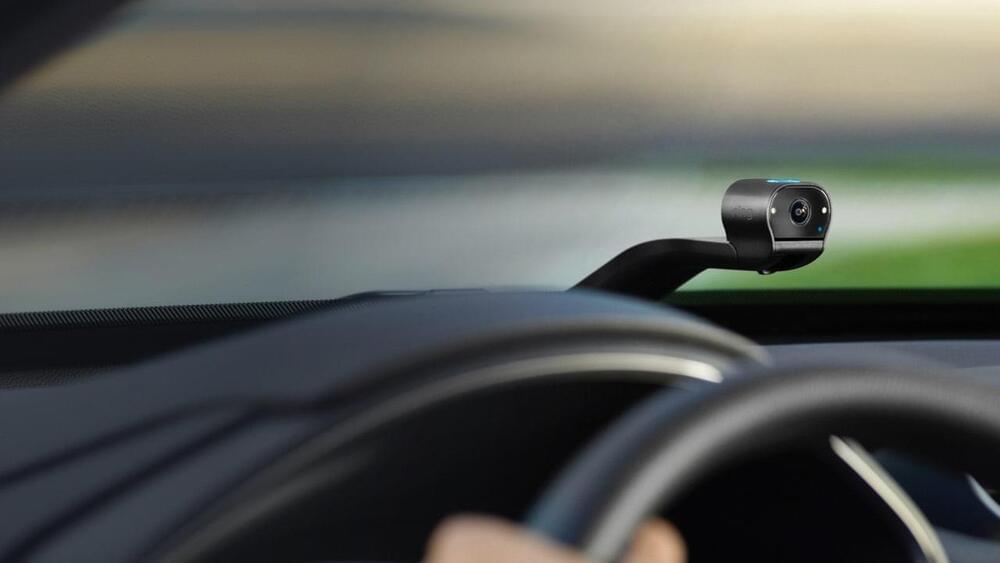

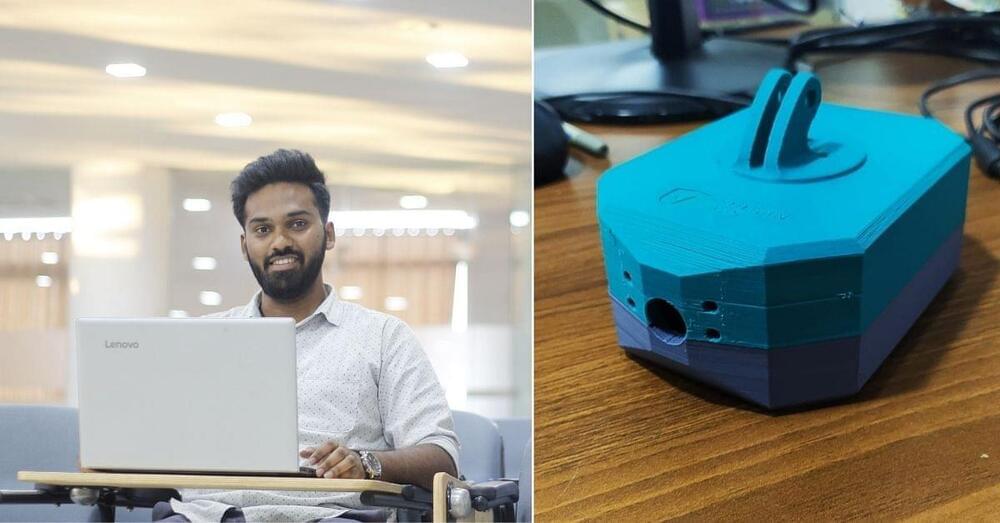

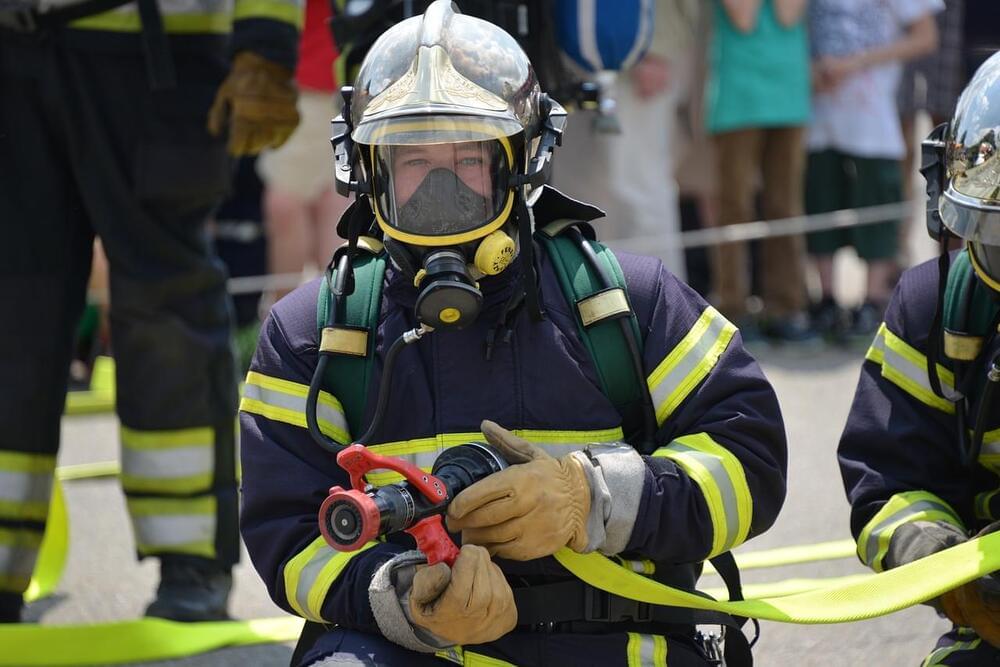
 עברית (Hebrew)
עברית (Hebrew)